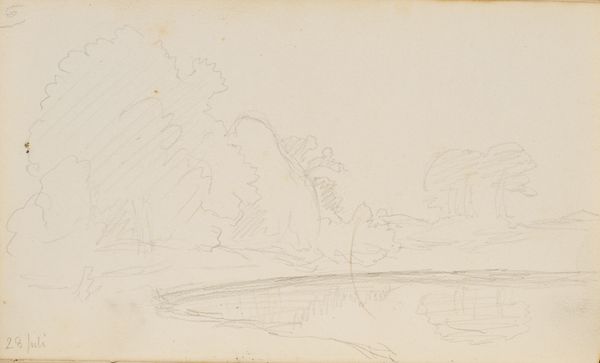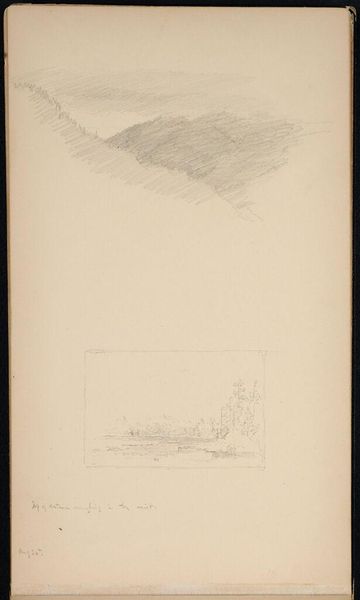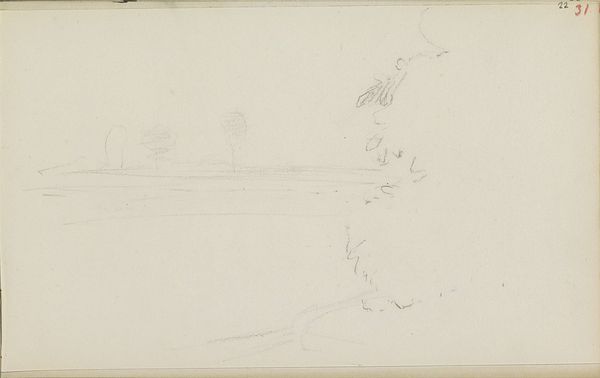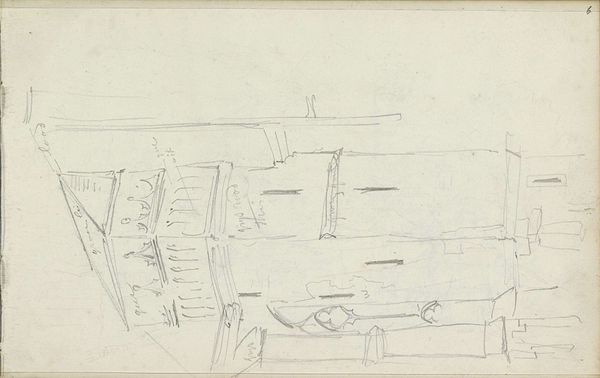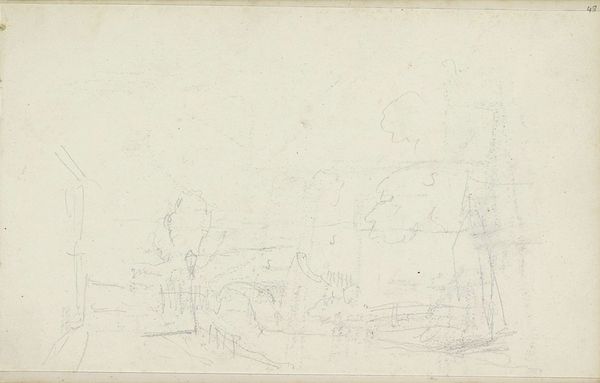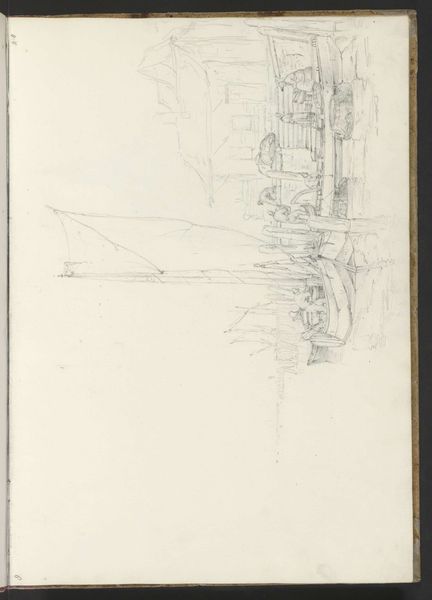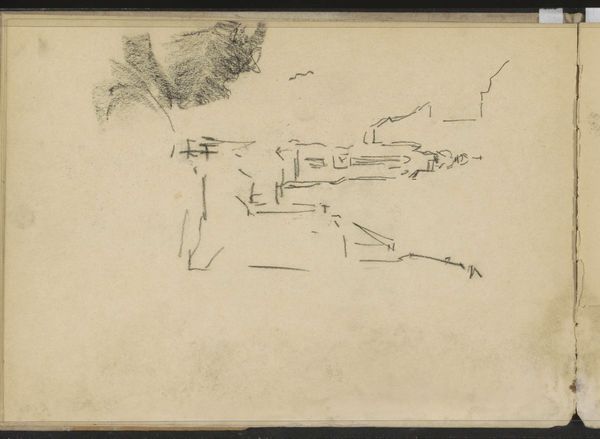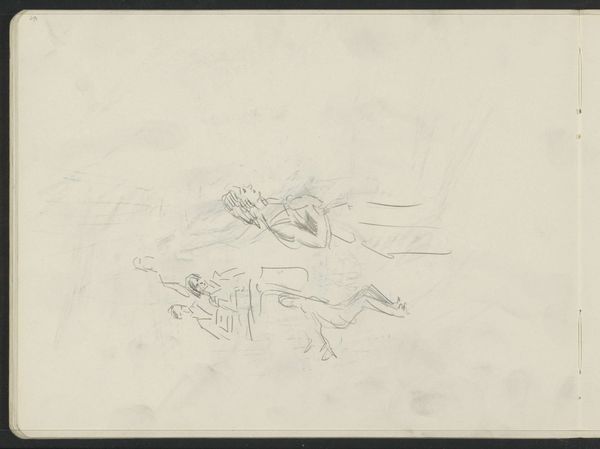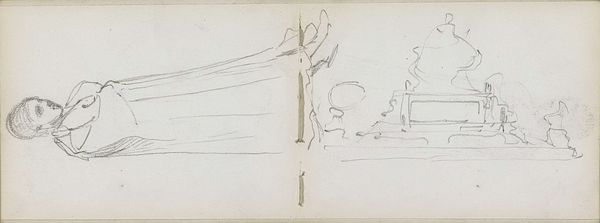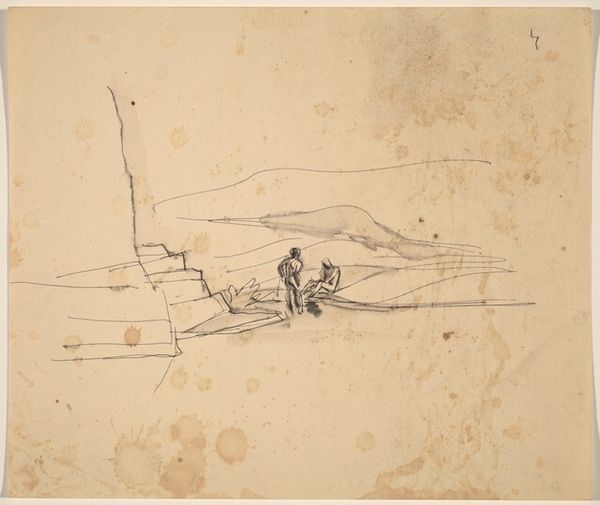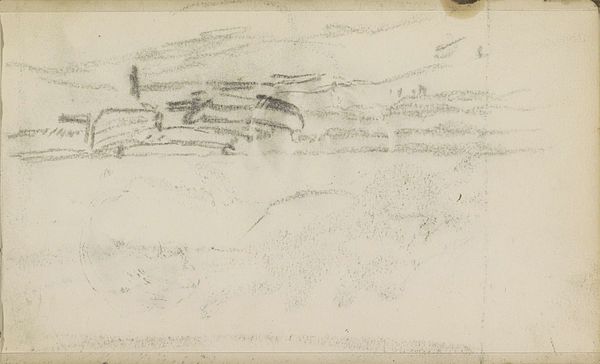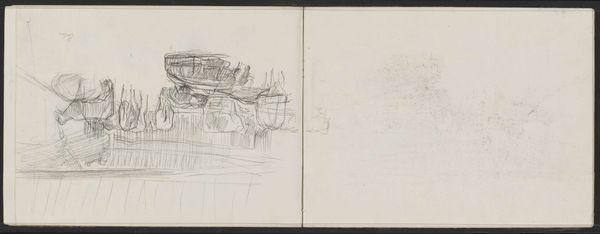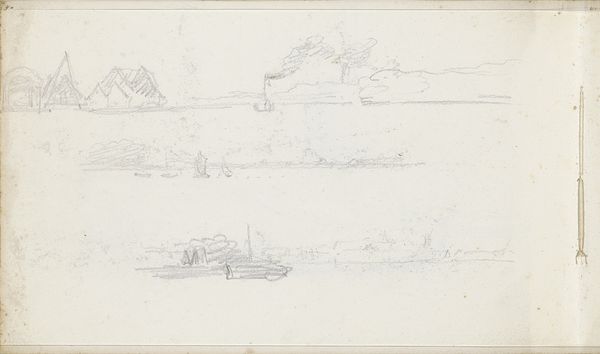![Begonnene Stra enszene mit zerstörtem (Sketch of Street Scene) [p. 1] by Max Beckmann](/_next/image?url=https%3A%2F%2Fd2w8kbdekdi1gv.cloudfront.net%2FeyJidWNrZXQiOiAiYXJ0ZXJhLWltYWdlcy1idWNrZXQiLCAia2V5IjogImFydHdvcmtzL2ZlODZhMzllLTNkMjYtNDYwMy1hZTkyLTU5NDI2Njc4YTA5Yy9mZTg2YTM5ZS0zZDI2LTQ2MDMtYWU5Mi01OTQyNjY3OGEwOWNfZnVsbC5qcGciLCAiZWRpdHMiOiB7InJlc2l6ZSI6IHsid2lkdGgiOiAxOTIwLCAiaGVpZ2h0IjogMTkyMCwgImZpdCI6ICJpbnNpZGUifX19&w=1920&q=75)
Begonnene Stra enszene mit zerstörtem (Sketch of Street Scene) [p. 1]
0:00
0:00
drawing, paper, ink
#
drawing
#
landscape
#
german-expressionism
#
paper
#
ink
#
line
#
cityscape
Dimensions: overall: 21.8 x 29.6 cm (8 9/16 x 11 5/8 in.)
Copyright: National Gallery of Art: CC0 1.0
Editor: This is Max Beckmann's ink drawing "Begonnene Stra enszene mit zerst\u00f6rtem," or "Sketch of Street Scene." It's hard to pinpoint the exact date. It feels chaotic, but also strangely quiet. What do you see in this piece? Curator: What strikes me is the tension between the apparent simplicity of a quick sketch and the heavy atmosphere it evokes. Considering Beckmann's engagement with German Expressionism, how might we interpret this 'destroyed street scene' as a reflection of broader societal anxieties and the political climate of the time, especially given the lack of a specific date? Editor: It’s like he's capturing a fleeting moment, but that moment is charged with a sense of unease. The figures seem isolated, and the 'destruction' feels both physical and psychological. Curator: Exactly! Think about the role of urban spaces in modernist art as reflections of societal fragmentation and alienation. Does the visible "destruction" become a metaphor for the crumbling social structures and the psychological impact of war and industrialization? Consider the subjects – the blurred figures within the drawing. How do these figures challenge traditional representation, and what does this tell us about identity and agency in a world undergoing rapid change and upheaval? Editor: So, it's not just a street scene; it's a commentary on the human condition within a specific historical context? Curator: Precisely. And to push that further, whose condition? German Expressionism was very much a white, male-dominated movement. I would encourage more critical analysis around who exactly benefits from this image being propagated, and if alternative perspectives were repressed or not considered at the time of its making. Editor: I hadn’t thought of it that way. It makes me consider the silences within the sketch, what's *not* being shown or said. Curator: Indeed. Analyzing the silences and omissions in art is just as vital as deciphering what's explicitly presented. What is considered fine art? What are its traditional institutions? Are they a public good? The power of such an incomplete medium might well have to do with the elitist world from which it emerges. Editor: I’m going to carry that perspective forward, thank you. Curator: My pleasure. Let’s both remember to challenge dominant narratives and excavate marginalized voices when we study art.
Comments
No comments
Be the first to comment and join the conversation on the ultimate creative platform.
